On July 12, the Prime Minister issued Directive No. 20 requesting the Hanoi People's Committee to implement solutions and measures for organizations and individuals to convert their vehicles and routes so that by July 1, 2026, there will be no motorbikes or scooters using fossil fuels (gasoline, oil) circulating in Ring Road 1.
The Prime Minister also set a target of no petrol-powered motorbikes and scooters from January 1, 2028, and restrictions on petrol-powered private cars on Ring Road 1 and Ring Road 2; from 2030, the implementation will continue to be expanded to Ring Road 3.
The direction of the head of the Government immediately attracted public attention, not only because it directly affected millions of people, but also because it was a turning point in the arduous journey to realize the policy of banning motorbikes in Hanoi's inner city. Previously, in the past 10 years (2015-2025), Hanoi also implemented many solutions to implement the roadmap to ban motorbikes in the capital.
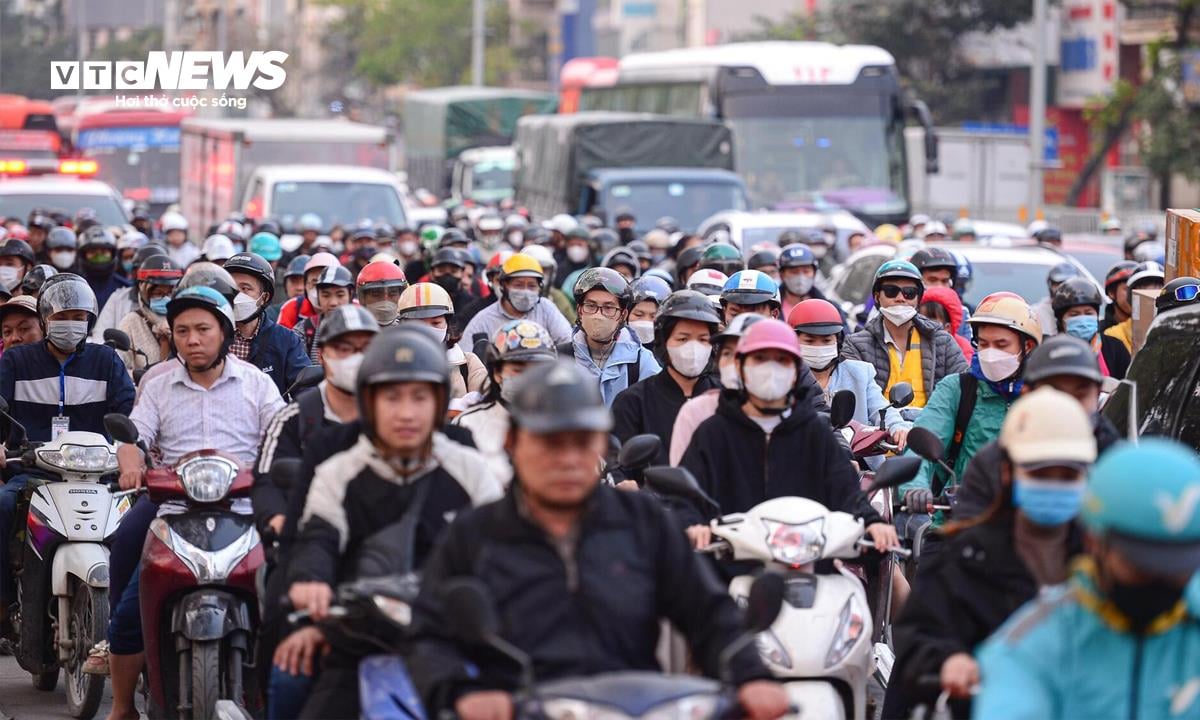
Hanoi solves the motorbike problem
10 years ago, at the 14th Session (early December 2015), the 14th Hanoi People's Council approved a target program to reduce traffic congestion and ensure traffic safety in the city for the 2016-2020 period.
With a total investment of over VND2,000 billion, the Hanoi People's Council has decided to allocate VND700 million to develop a project to gradually limit the use of personal vehicles in the area to clearly define the roadmap and solutions to overcome the situation of rapid development of personal vehicles while the development of transport infrastructure cannot keep up.
On December 28, 2015 , at the online conference of the Government with localities to implement the National Assembly's Resolution on socio-economic development tasks and the State budget estimate for 2016, the Chairman of the Hanoi People's Committee proposed that the Government allow ministries and branches to coordinate with Hanoi to develop a roadmap to limit personal vehicles to reduce traffic congestion.
Explaining the reason for this proposal, Hanoi leaders said that in 2015, on average, there were 18,000-22,000 newly registered motorbikes and 6,000-8,000 newly registered cars per month in the area. It is expected that in 2018, when tax lines on cars are reduced, by 2020, Hanoi will have nearly 1 million cars, not to mention the number of cars of the armed forces and provinces entering Hanoi and 7 million motorbikes.
" If there is no solution now, in the next 4-5 years, traffic congestion will become increasingly complicated ," the Chairman of the Hanoi People's Committee at that time expressed.
By mid-2016 , the draft urban modernization program of the Hanoi Party Committee provided a specific roadmap. "gradually limit personal vehicles, aiming to stop motorbikes by 2025". However, some opinions say that at that time Hanoi could not ban motorbikes due to lack of public transportation.
At the end of 2016, the Hanoi Department of Transport organized a consultation with scientists and experts for a roadmap to limit motorbikes in the capital in 3 phases.
In phase 1 from 2020, Hanoi will restrict motorbikes from operating in the Old Quarter on weekends, holidays and Tet; in 2021, it will stop motorbikes from other provinces entering the inner city area (Ring 1) from 7am to 7pm daily; and restrict motorbikes from operating in the Old Quarter on weekdays.
In phase 2 from 2023, the city will stop operating motorbikes from other provinces in Ring Road 2, and at the same time expand the restriction to old streets (Tran Hung Dao, Ly Thuong Kiet...).
Phase 3 to 2025, the capital will ban motorbikes in some locations within Ring Road 3.
On July 4, 2017 , Hanoi People's Council passed Resolution 04 on the Project. "Strengthening traffic management to reduce traffic congestion and environmental pollution in the 2017-2020 period, with a vision to 2030". Among them, the most notable and controversial goal is the roadmap to stop motorbikes in inner-city districts by 2030. This is a bold policy, when the city at that time had more than 5 million motorbikes in circulation, playing the main role of transportation for people.
The Hanoi transport sector then wanted to speed up the motorbike ban roadmap by limiting new motorbike registrations in districts and some counties; issuing policies to support people through buying old motorbikes under 10 years old; and piloting a motorbike ban during rush hours from Monday to Friday.
By October 2019 , the Hanoi Department of Transport and the Institute of Transport Development Strategy (Ministry of Transport) developed a project. "Zoning to restrict motorbikes, the service capacity of the public transport system towards stopping motorbikes in districts by 2030".
The project proposes two options for zoning motorbike restrictions for consultation. Option 1 is to restrict motorbikes by district (12 districts and 5 counties preparing to become districts. The total population affected is 4.74 million people). However, this option is said to have many limitations, such as: traffic organization will be difficult because there is no technical belt to ensure adequate conditions, difficulties in building parking lots and transfer points for connection.
Option 2 is to limit motorbikes along the belt. The Institute of Transport Strategy believes that among the 5 belts that Hanoi will build by 2030, Belt 3 meets all the criteria to limit motorbikes because it is a closed belt, with a wide cross-section, a scale of 8-10 lanes, and a number of urban expressway sections on the route that ensure the ability to separate traffic flows. Belt 3 has a large reserve land fund, making it more convenient to build parking lots, transfer points, and rest stops than the already cramped Belt 2.
At the end of 2021 , the Hanoi People's Committee sent the People's Council of the same level a report on the Target Program to reduce traffic congestion and ensure traffic safety for the period 2021-2025. Accordingly, in the coming years, the city will continue to research and complete procedures to approve the project on zoning to restrict motorbike operations and move towards stopping the operation of this type of vehicle in the districts after 2025, 5 years earlier than the previous plan. However, the project was not submitted to the meeting of the City People's Council.
By August 2024 , in the report on the implementation of the Resolution of the City People's Council on the 5-year socio-economic development plan 2021-2025, the Department of Transport admitted that there were still some contents that had not been completed on time, such as: "Project to zone areas to restrict motorbike operations in accordance with the infrastructure and service capacity of the public passenger transport system, aiming to stop motorbike operations in districts by 2030".
The Hanoi Department of Transport explained the reason: " This is a difficult and sensitive issue that greatly affects the people, so the Department needs to review, carefully research, and comprehensively assess the impact of the Project on society and people, and carefully propose options and solutions to ensure strict legal conditions according to legal regulations at the appropriate time ."
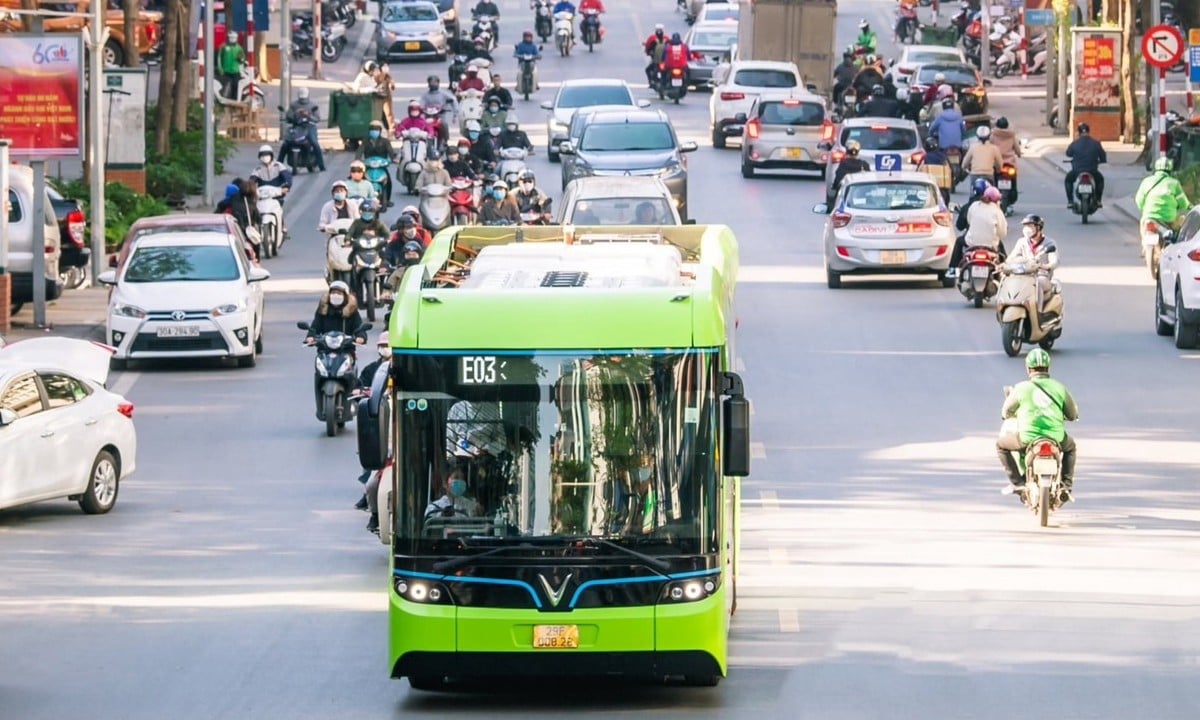
Firmly pursuing the goal of banning gasoline motorbikes
Faced with increasingly serious air pollution, in December 2024, Hanoi passed a resolution to implement a low emission zone (LEZ). The resolution emphasized that during the 2025-2030 period, Hanoi will pilot this policy in Hoan Kiem and Ba Dinh districts (old) and encourage replication to other areas.
After 2031, LEZ implementation will be mandatory in high-risk areas.
LEZ areas will have to apply measures to ensure the environment such as: Prohibiting the circulation of heavy trucks running on diesel; restricting or prohibiting cars that do not meet level 4 emission standards and motorbikes and scooters that do not meet level 2 standards from entering LEZ areas at certain times or areas.
And last June, the city worked with vehicle manufacturers to develop a program to reduce the number of gasoline-powered motorbikes entering the LEZ.
At a working session with the Vietnam Association of Motorcycle Manufacturers (VAMM), Chairman of the Hanoi People's Committee Tran Sy Thanh said that Hanoi will maintain the roadmap to limit motorbikes in districts by 2030, while gradually switching from gasoline motorbikes to electric motorbikes.
The Chairman of Hanoi said that this policy was issued more than 7 years ago, so it is not surprising to businesses or residents. The city is determined to implement a roadmap to convert vehicles using fossil fuels to clean energy.
To achieve the goal, Hanoi will have policies to support people in converting, invest in charging station systems, improve safety standards in concentrated charging areas, and strongly develop public transport...
Mr. Tran Sy Thanh assigned the Department of Construction to coordinate with relevant parties to develop a suitable conversion roadmap, harmonizing the interests of the State, businesses and people.
On the afternoon of July 15, answering the press, Vice Chairman of Hanoi People's Committee Duong Duc Tuan said that the current environmental pollution situation in Hanoi is extremely urgent, directly threatening the environment, quality of life, and health of the people.
According to Hanoi leaders, the development history of major cities in the world has gone through a very difficult period related to environmental pollution control, including air and river pollution. Therefore, the Central Government and Hanoi City have soon determined that overcoming environmental pollution is an important goal.
However, regarding the issue of air pollution, Mr. Tuan admitted that this is a huge challenge, as most of the current means of transport still use fossil fuels (gasoline, oil) - considered the main factor, accounting for up to 60% of emissions into the environment.
"The task of Hanoi City is to implement Directive 20, which has urgent, drastic, and quite comprehensive tasks in the environmental field, which also identifies a subject as personal means of transport," Mr. Tuan emphasized.
Mr. Tuan said that Hanoi currently has about 8.5 million people, not including the free population that regularly moves. The city is managing more than 8 million vehicles, including about 1.1 million cars and 6.9 million motorbikes. In the Ring Road 1 area alone - the inner city center - there are about 600,000 people but the number of motorbikes is up to 450,000. This is one of the causes of air pollution, as 70% of them are old vehicles.
According to the leader of the Hanoi People's Committee, to implement Directive 20, the city will study specific programs, plans, measures and solutions.
Accordingly, the city will study the policy mechanism to support the most suitable conversion for the people, especially the group using gasoline and diesel vehicles in the central belt area of the capital. In addition, it will also encourage people in areas outside Belt 1 according to the roadmap in 2026, 2028, 2030.
"We will also have management measures, with the coordination of the State, the People, and businesses. Therefore, there will be measures to call on all businesses providing green vehicles to offer the most preferential policies to convert vehicles, even support costs and related issues to make the best use of those vehicles," said Mr. Tuan.
In particular, these policies will come with incentives on registration fees, registration procedures and issues related to static traffic infrastructure. In this roadmap, areas with limited gasoline vehicles will be strengthened, and incentives for vehicles using green and clean energy will be given. Mr. Tuan cited the Capital Law as also encouraging this conversion, even green and clean vehicles are almost 100% exempt from registration fees.
Recognizing that this is an important issue and is under research, Mr. Tuan said that it is expected that in September 2025, the Hanoi People's Committee will submit it to the City People's Council to establish specialized resolutions to handle these issues.
In addition, to ensure safety for users, the city will also have solutions related to the use of electric vehicle batteries, fire prevention and fighting with modern, synchronous infrastructure and standards; have battery swapping stations with the participation of many companies, avoiding monopoly.
"This is not about immediately restricting personal vehicles, but about converting. The goal is to increase the rate of public passenger transport, establish a bus and urban railway system, and organize the most appropriate and suitable multi-modal public transport network," Mr. Tuan emphasized.
VTC News also has many in-depth articles, thoroughly analyzing the proposal to ban motorbikes in Hanoi. In July 2017, when Hanoi set out a roadmap to gradually limit motorbikes in some areas and stop motorbikes in old districts by 2030, answering VTC News, economic expert Nguyen Gia Hao, former member of the Government Advisory Group during Prime Minister Vo Van Kiet's tenure, assessed that this was a completely correct policy. "While public transport has not yet developed to meet travel needs, people's income is still low and they have the habit of using motorbikes even when they are only a few hundred meters away, it must be admitted that accidents and traffic jams are mostly due to motorbike drivers not understanding traffic laws and having poor awareness." Mr. Hao commented. The economic expert said that in the future, it is necessary to consider banning motorbikes from circulating in the inner city according to time frames suitable for the increase in public transport such as buses, BRT, elevated railways, subways, etc. Discussing at the same time on VTC News Electronic Newspaper, Dr. Trinh Thanh Binh, Director of the Institute of Transport Planning and Management, acknowledged that Hanoi needs to consider the harmony between means of transport. According to Dr. Binh, a society that only uses bicycles, motorbikes or walking cannot be considered prosperous because of its low speed and transport capacity. A society that only uses private cars will certainly encounter many problems with traffic congestion, environmental pollution and traffic accidents. "In the immediate future, we can focus on basic solutions to improve the quality of public passenger transport trips, improve response capacity, and then effective solutions to manage personal vehicles. The problem now is not to argue but to start implementing it well," Mr. Binh emphasized. |
Source: https://baolangson.vn/hanh-trinh-10-nam-de-ha-noi-tien-toi-cam-xe-may-xang-o-noi-do-5053377.html



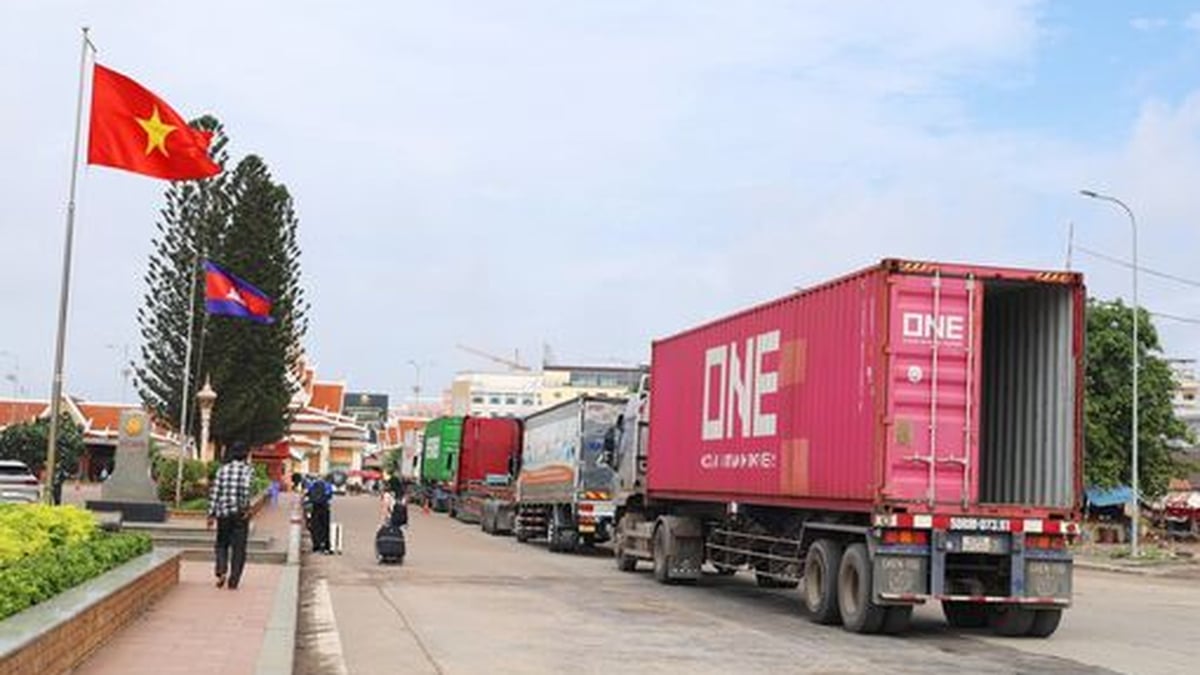
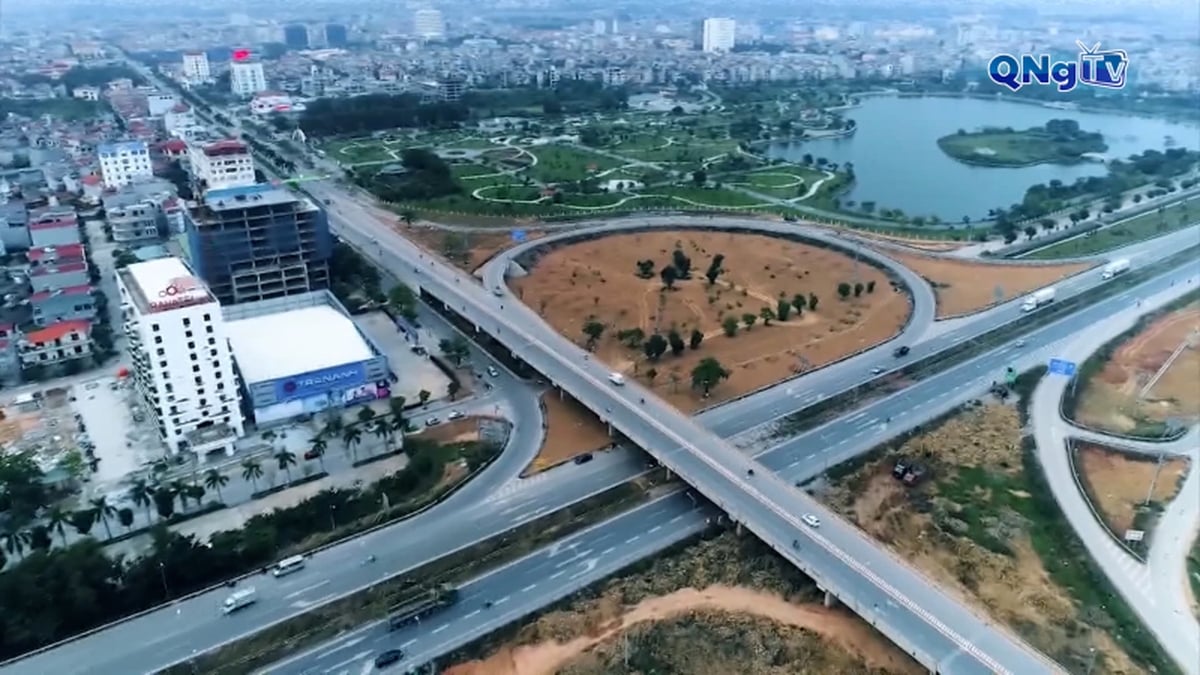
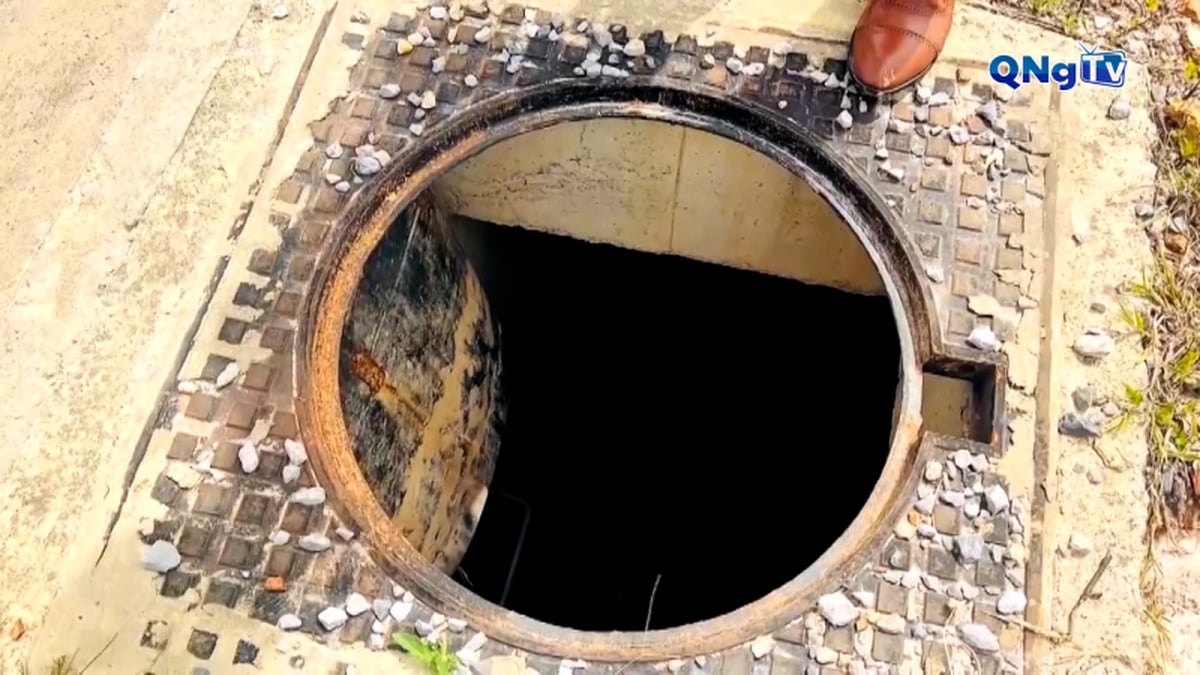
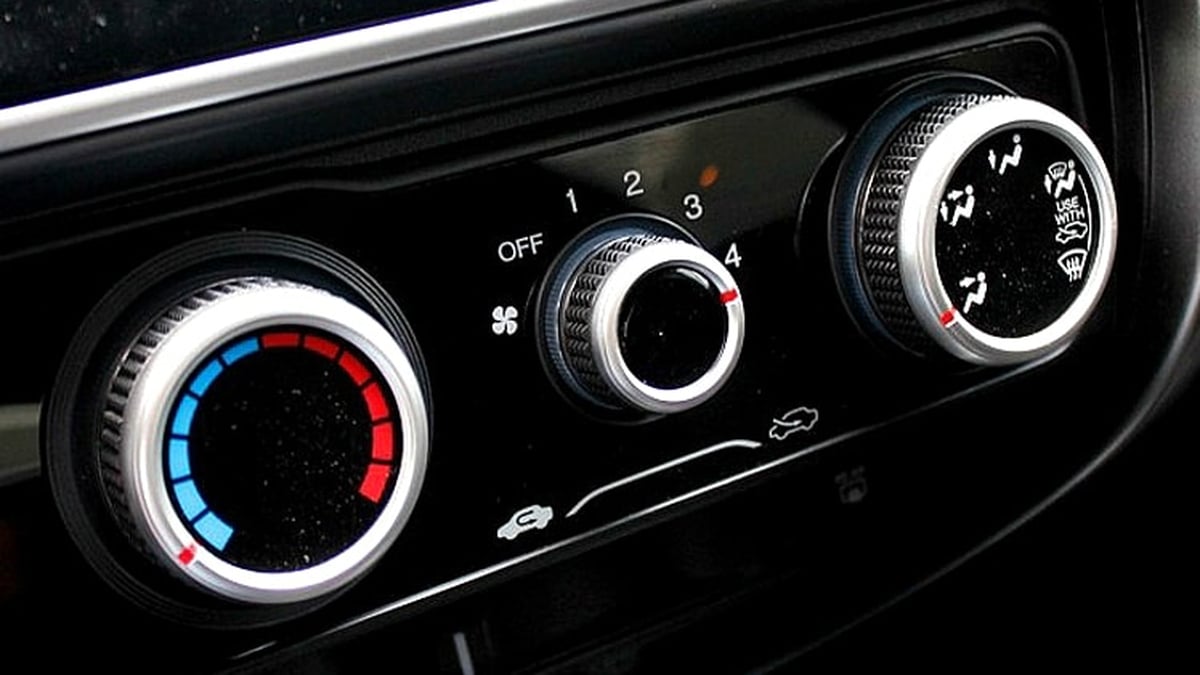
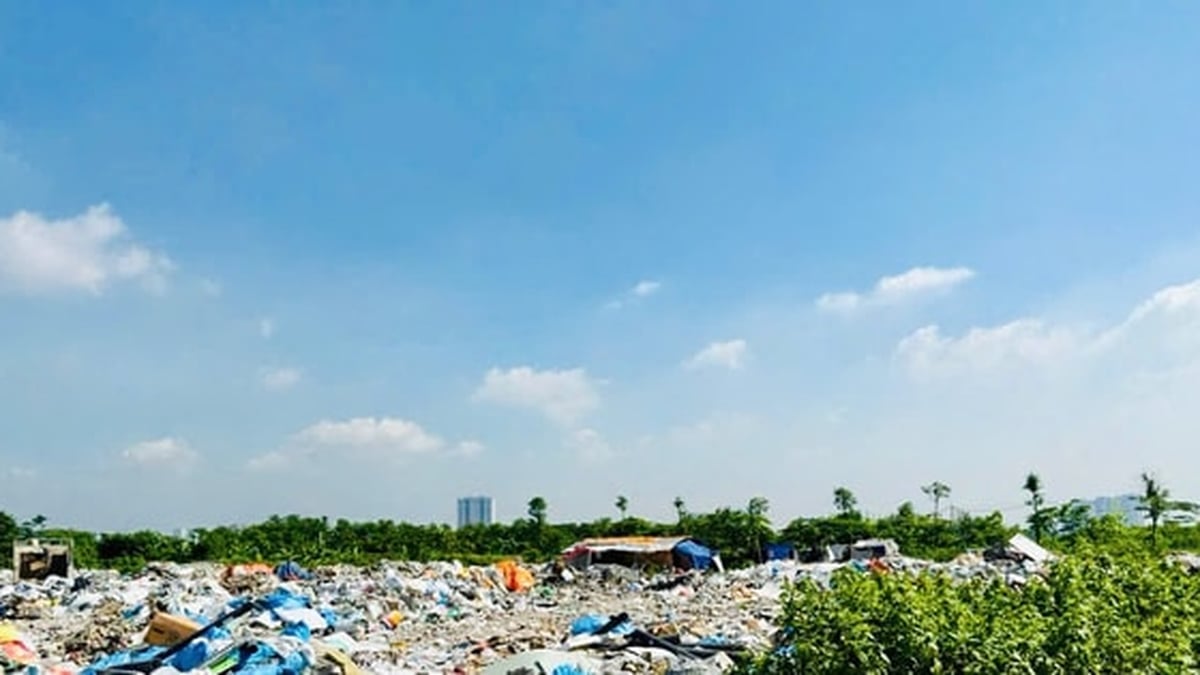

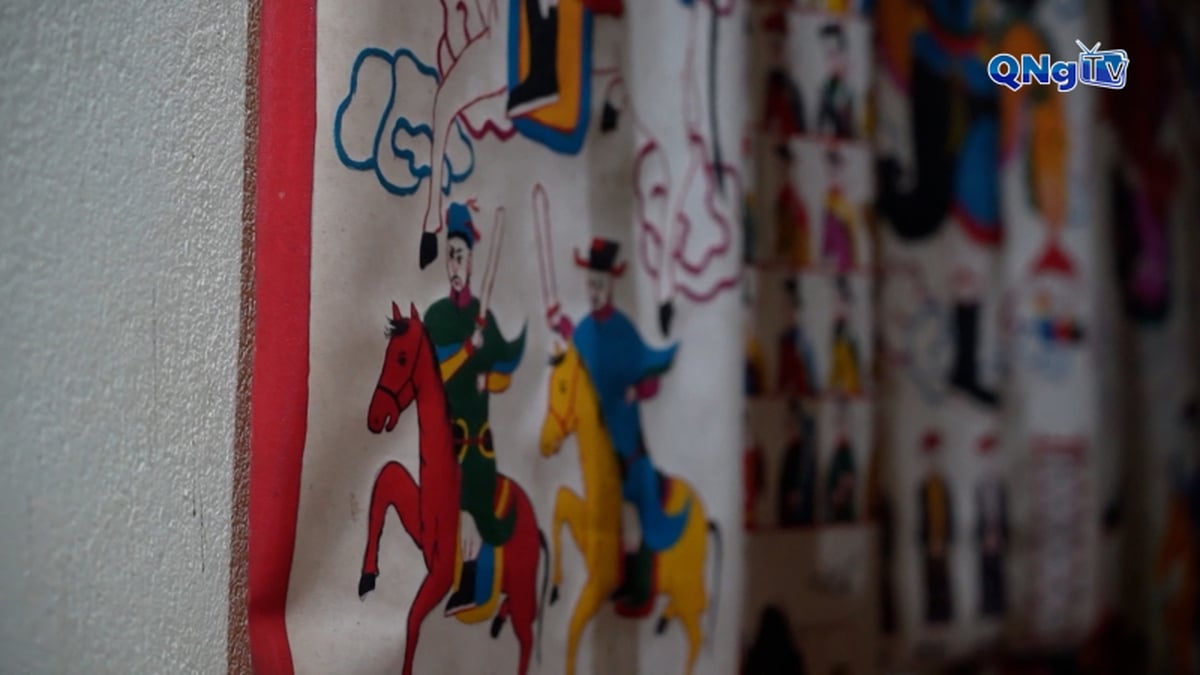
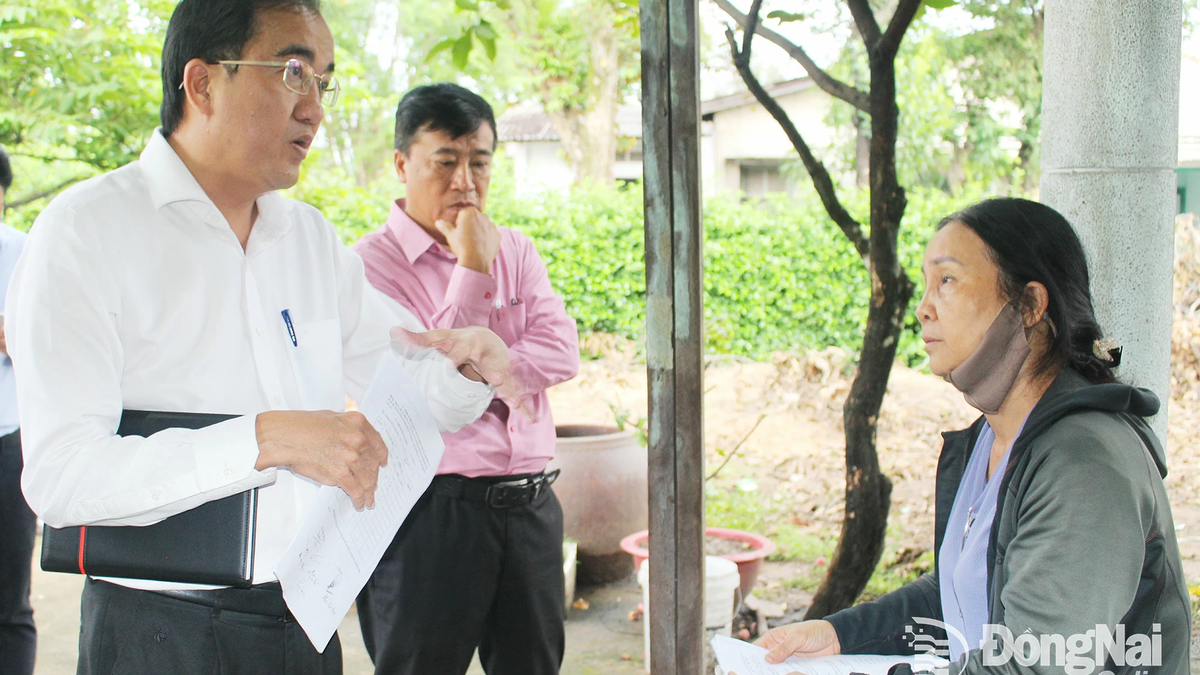
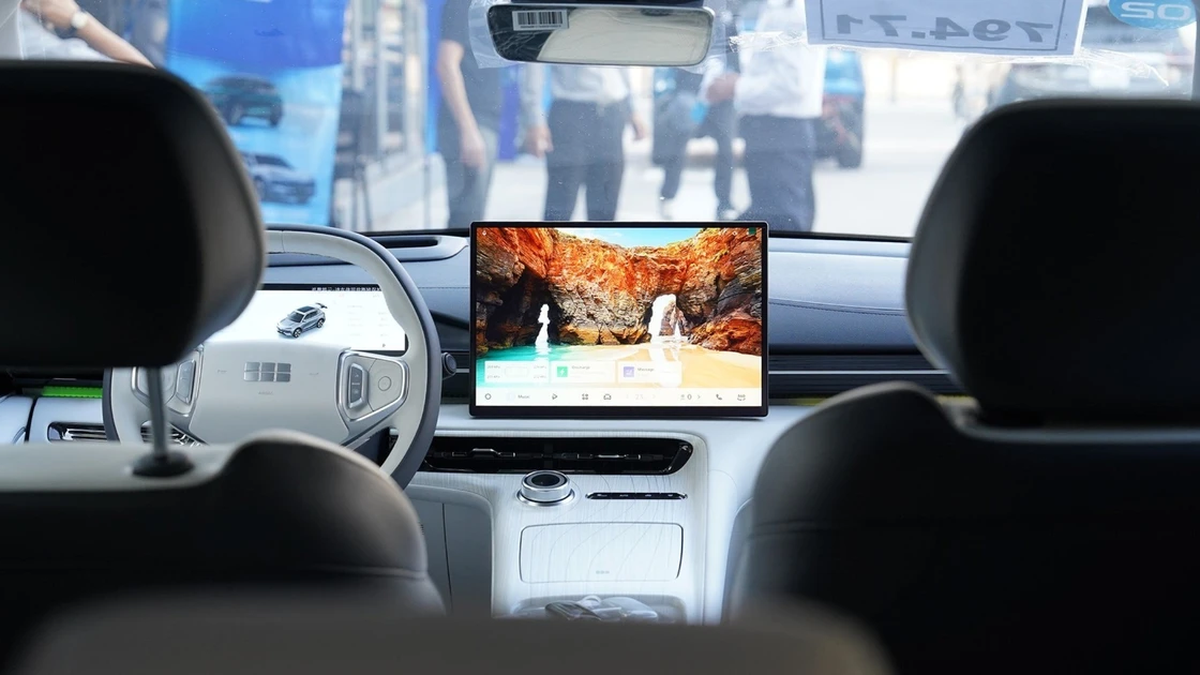








































![[Maritime News] More than 80% of global container shipping capacity is in the hands of MSC and major shipping alliances](https://vphoto.vietnam.vn/thumb/402x226/vietnam/resource/IMAGE/2025/7/16/6b4d586c984b4cbf8c5680352b9eaeb0)













































Comment (0)